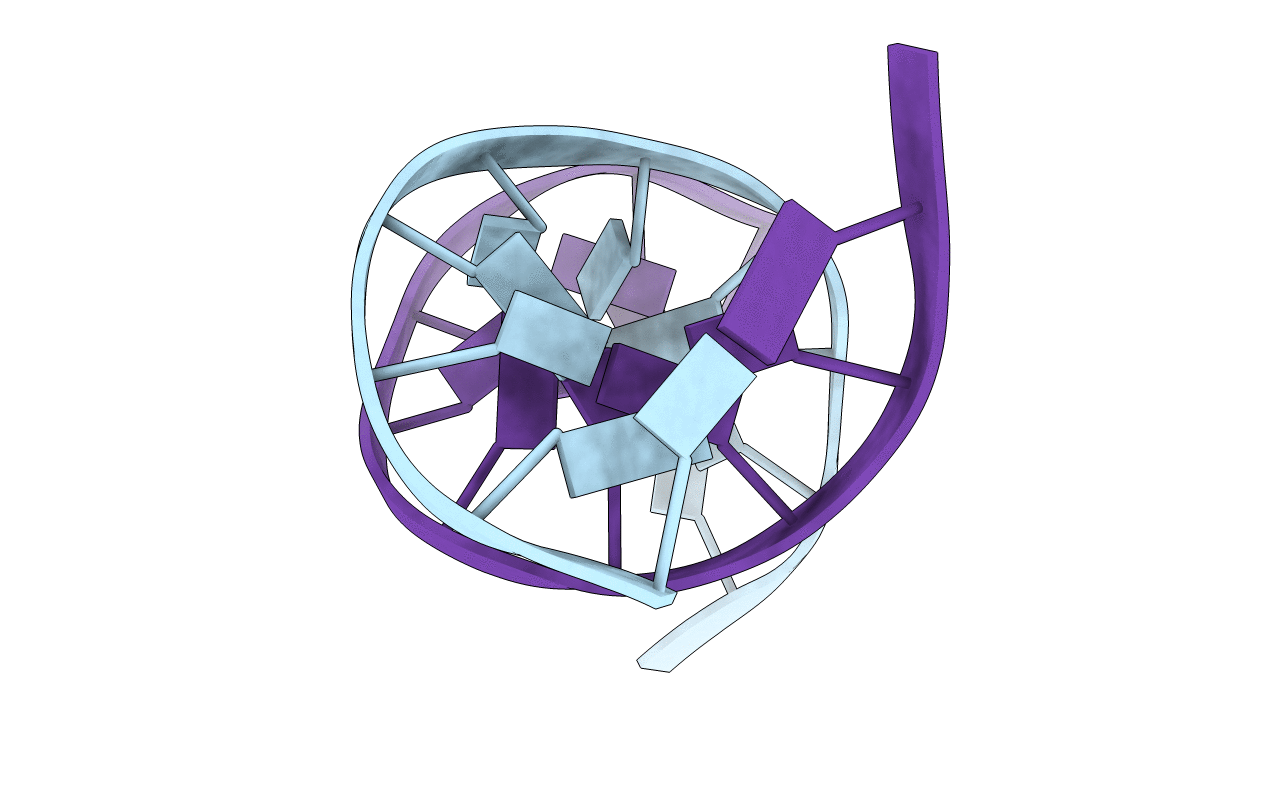
Deposition Date
1999-03-19
Release Date
1999-05-28
Last Version Date
2023-12-27
Entry Detail
Biological Source:
Source Organism:
Method Details:
Experimental Method:
Conformers Submitted:
1
Selection Criteria:
LEAST RESTRAINT VIOLATION


